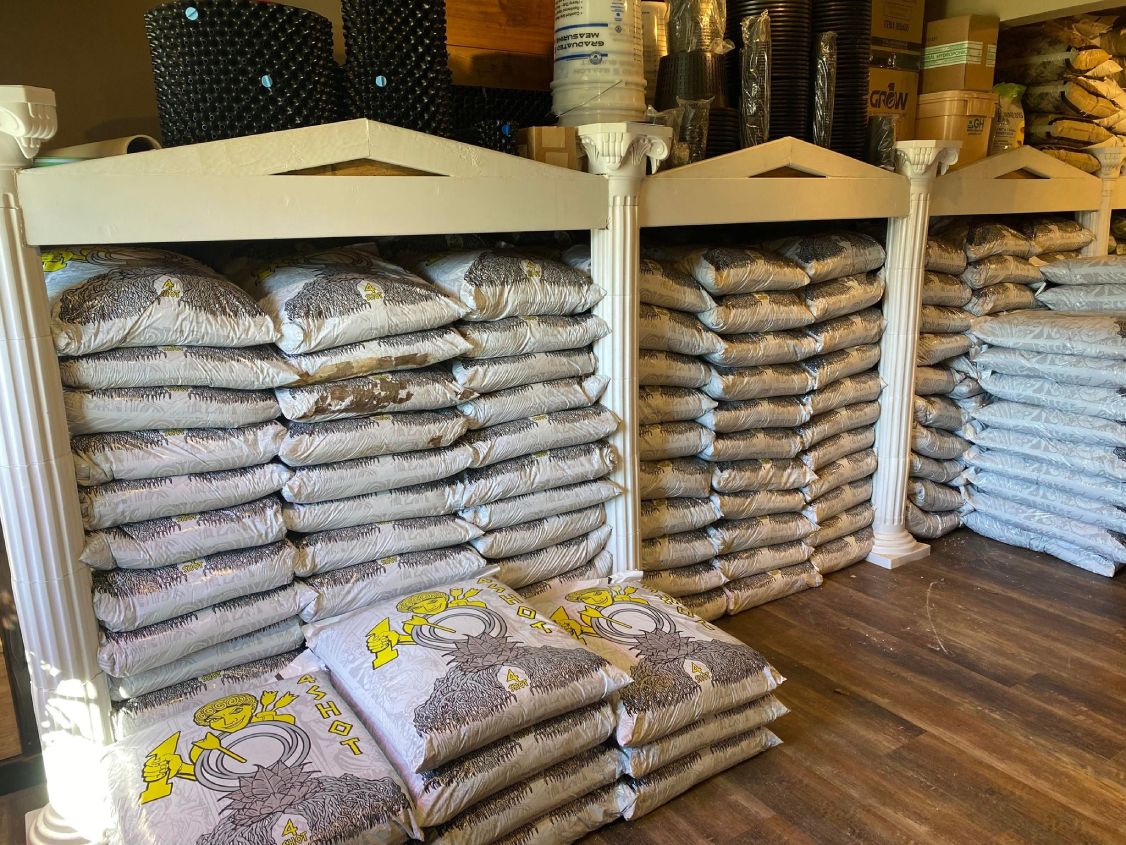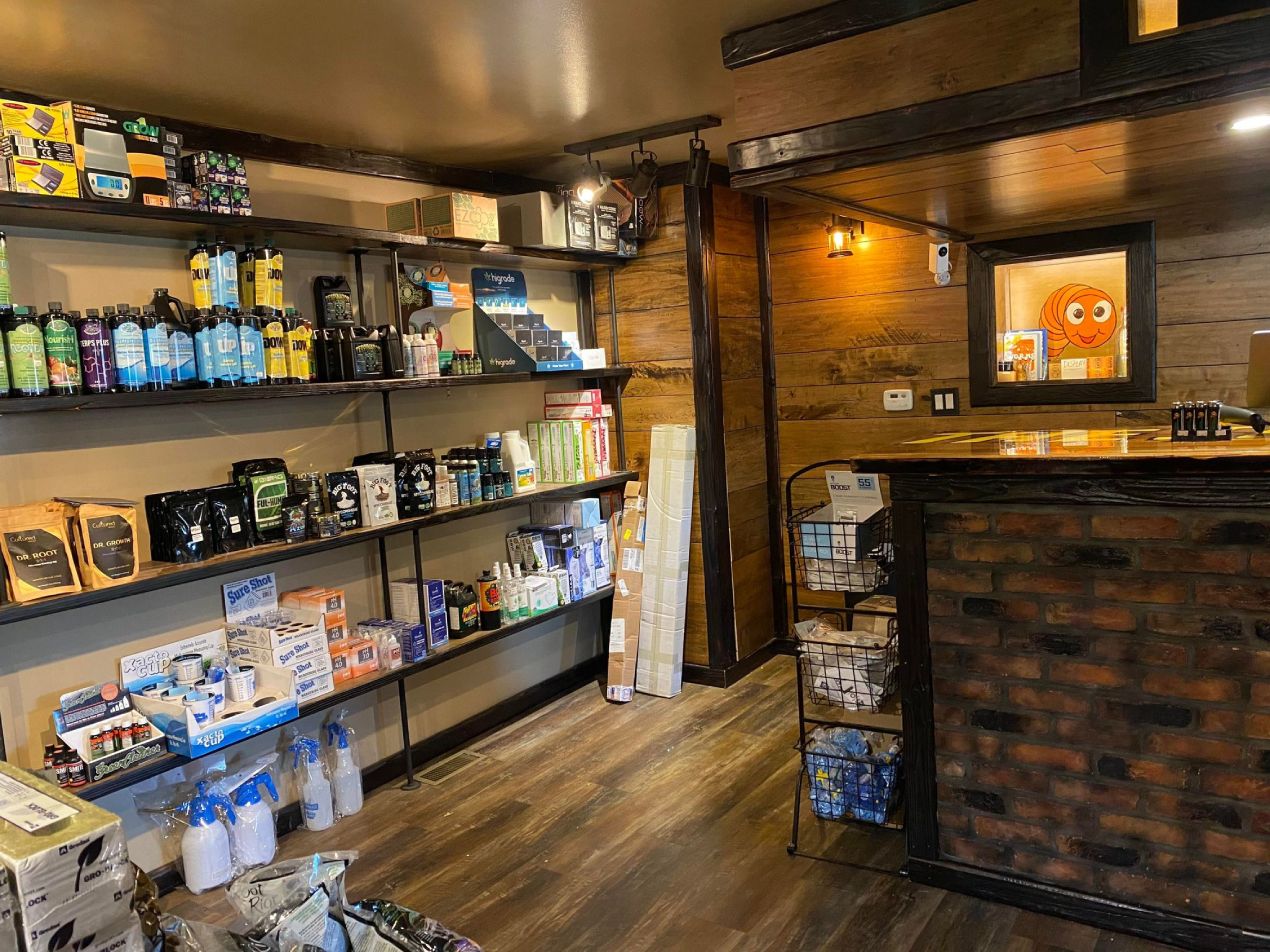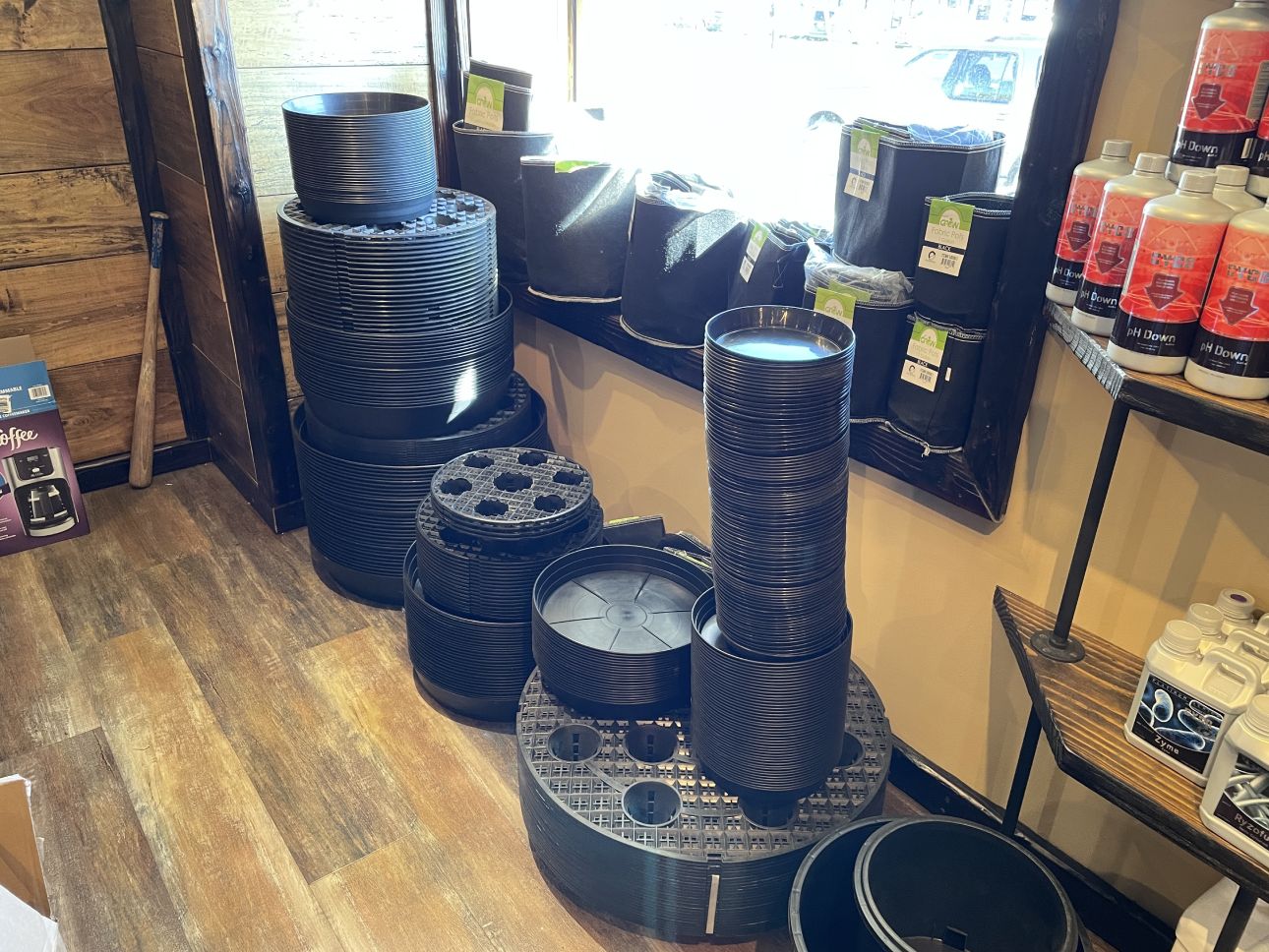Master the Art of Planting with The Indoor Earthworm's Proficiency
Master the Art of Planting with The Indoor Earthworm's Proficiency
Blog Article
Dive Into the Globe of Hydroponics: Checking Out Various Kinds
Within the realm of hydroponics exists a varied array of cultivation methods that provide distinct benefits for expanding plants without dirt. As we begin on this exploration of numerous hydroponic systems, we will reveal the ins and outs of techniques like the Nutrient Film Method (NFT), Deep Water Society (DWC), Wick System, Ebb and Circulation (Flood and Drain), and Aeroponics. Each approach presents an unique strategy to supporting plants in a soil-less environment, promising innovation and efficiency in the realm of contemporary agriculture.

The Nutrient Movie Method (NFT)
The Nutrient Movie Technique (NFT) is a hydroponic system that includes a continual circulation of nutrient remedy over plant origins in a slim movie to promote effective nutrient uptake. This method makes use of a superficial stream of water which contains liquified nutrients, allowing the plant roots to have continuous access to the necessary components for growth - The Indoor Earthworm. The nutrient service flows along the bottom of the channel, calling the origins and after that receding, offering a highly oxygenated atmosphere crucial for root wellness
Because the nutrient remedy is recirculated, it needs much less water compared to typical soil-based gardening. Additionally, the regulated atmosphere of the NFT system reduces the risk of nutrient inequalities and illness, leading to much healthier plants.
Deep Water Society (DWC)
Amongst the numerous hydroponic systems made use of for cultivating plants, Deep Water Culture (DWC) stands out for its straightforward yet efficient layout. In a DWC system, plants are positioned in net pots, enabling their roots to hang directly into a nutrient remedy. This remedy is oxygenated using air pumps and air rocks to ensure that roots get an ample oxygen supply. The trick to success in DWC is preserving the correct oxygen degrees in the nutrient solution to avoid root rot and promote healthy plant development.
Among the main advantages of DWC is its low upkeep demands. With fewer relocating parts and no demand for an intricate watering routine, DWC is a beginner-friendly option for those brand-new to hydroponic gardening. Furthermore, the direct access to oxygen and nutrients permits plants to uptake what they need much more successfully, typically resulting in faster growth rates and greater yields contrasted to standard dirt growing approaches. Controlling water temperature level and stopping algae growth in the nutrient remedy are critical considerations when applying a DWC system.
Wick System
In hydroponic farming, the Wick System is a passive method that makes it possible for plants to create nutrition service with capillary activity. This system is straightforward and suitable for newbies as a result of its simpleness. It includes a growing tray full of an inert tool like perlite or vermiculite, where plants are put. A wick, normally made from products like cotton or nylon, expands from the growing tray into a tank filled up with the nutrient option. The capillary activity of the wick permits the nutrient remedy to move from the tank to the expanding tray, making sure a consistent supply of nutrients to the plants' roots. Among the advantages of the Wick System is its inexpensive and ease of arrangement. Nevertheless, it may not appropriate for larger plants or those with high nutrient demands, as the easy nature of the system can lead to irregular nutrient circulation. Overall, the Wick System provides a easy and efficient means to exercise hydroponic horticulture.
Ups And Downs (Flooding and Drainpipe)
Discovering the Ebb and Circulation (Flood and Drainpipe) Bonuses system supplies insight into a dynamic hydroponic technique that alternates between flooding and draining pipes the plant origins with nutrient option. This system operates by periodically swamping the plant containers with a nutrient solution from a tank and then enabling the excess solution to drain back. The process is commonly controlled by a timer to ensure routine flooding cycles, giving the roots with oxygen as the remedy declines.
Ebb and Circulation systems are flexible and can fit different plant dimensions and kinds. They use an excellent equilibrium of water retention and oygenation, advertising healthy and balanced root development. The routine flooding helps provide nutrients straight to the origins, boosting nutrient uptake efficiency. Additionally, the ups and downs action stops water torpidity, reducing the danger of root rot and other water-related problems.
This technique is popular among hydroponic enthusiasts for its efficiency, flexibility, and simpleness to different plant demands. With proper surveillance and maintenance, the Ebb and Circulation system can support robust plant development in a controlled hydroponic atmosphere.
Aeroponics
Using a high-pressure misting system, Aeroponics is an advanced hydroponic method that suspends plant origins in an oxygen-rich setting to advertise optimum nutrient absorption and vigorous development. Unlike other hydroponic techniques, which immerse roots in water or a nutrient service, Aeroponics supplies nutrients directly to the origins through a fine haze. This haze is sprayed at routine periods, ensuring that the roots obtain a constant supply of water, oxygen, and nutrients.

Among the vital advantages of Find Out More Aeroponics is its ability to make best use of nutrient uptake while lessening water usage. By delivering nutrients directly to the roots, plants can absorb them more effectively, leading to faster growth prices and higher returns. In addition, the oxygen-rich atmosphere developed by the misting system boosts root advancement and aids prevent root diseases.
Aeroponics is particularly appropriate for expanding leafy eco-friendlies, herbs, and other plants that flourish in oxygenated environments. The Indoor Earthworm. Its reliable use resources and ability to promote quick development make it a popular option for hydroponic fanatics wanting to accomplish ideal outcomes
Verdict
Finally, hydroponics offers an array of ingenious methods for expanding plants without dirt. From the nutrient film strategy to deep water society, each method has its own advantages and obstacles. By comprehending and making use of these different types of hydroponic systems, people can explore brand-new opportunities for sustainable farming and maximize plant growth in regulated environments.

Report this page